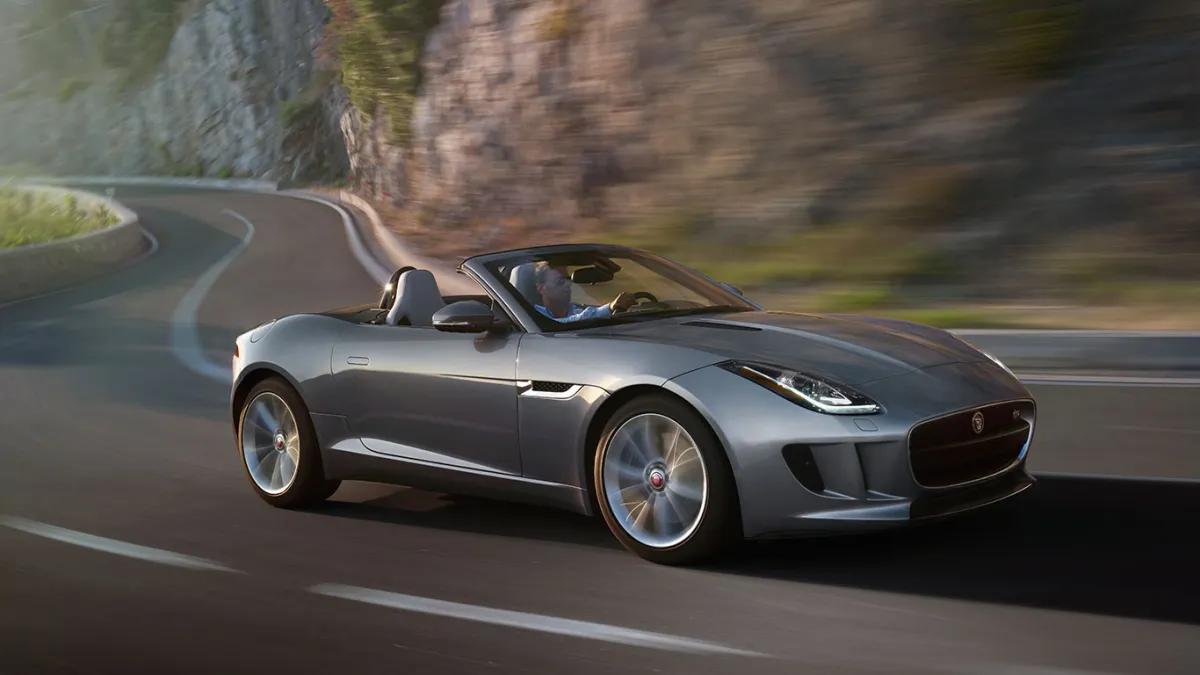
President Trump on Thursday unveiled the outline of a trade agreement with the United Kingdom, the first agreement with a major trading partner since his “Liberation Day” announcement last month of a new slate of significantly higher global tariffs.
“It’s very conclusive and we think everyone’s going to be happy,” Trump said in the Oval Office, flanked by officials including the British ambassador to the U.S. and Commerce Secretary Howard Lutnick, with U.K. Prime Minister Keir Starmer joining on the phone. “Many countries want to make a deal, and many countries are very unhappy that we happened to choose this one.”
More work to do: Despite Trump’s tribute, the agreement is not complete and leaves many issues to be worked out later. Notably, no documents were signed on Thursday. According to The Wall Street Journal, the outline or framework, “which appeared to have been put together hastily by U.S. and British officials, is fairly limited in scope.”
Trump admitted as much, saying the final agreement will take more time. “The final details are being written up,” he said. “In the coming weeks, we’ll have it all very conclusive.”
Still, Peter Navarro, Trump’s top trade adviser, said the agreement “offers a template for how we’re going to proceed with the rest of the negotiations,” adding that “there will be many more to come.”
The framework: Key elements of the framework include a 10% baseline tariff on British goods coming into the U.S. The U.K., which has a trade deficit in goods with the U.S., had not been subject to higher “reciprocal” tariffs that Trump announced for many other nations in April, but the baseline tariff remains, suggesting it could be a permanent feature in other trade agreements.
The framework also includes agreements to purchase specific products, including the acquisition of Boeing jets by the U.K.; an agreement to open the U.K. market to more U.S. goods; and tariff-free quotas for specific types of products such as steel and autos. (For more details, see this rundown by the Associated Press and the White House fact sheet.)
One perhaps surprising component is the reduction of the tariff from 25% to 10% on British luxury cars, including Rolls-Royces, Jaguars and Range Rovers. “It's a very special car, and it's very limited number, too,” Trump said of Rolls-Royce, a “super luxury” car he said he has owned. “That’s really handmade stuff, they've been doing it for a long time in the same location,” he added. “So I said, ‘Let’s help them out with that one.’”
What analysts are saying: Beata Caranci, chief economist at TD Economics, told the Associated Press that the agreement is “more symbolic than economic.” She added that in general, “these initial announcements are going to be more fine-tuning around the edges and easing of pain points, rather than an end to the trade war.”
Some analysts were more critical. “From the point of view of markets generally, as well as those who are concerned about the U.S. economy, this is a nothingburger,” Tim Meyer, an international trade law professor at Duke University School of Law, told Bloomberg. “There’s nothing really to see here. Obviously, this is a framework, this is not actually an agreement.”
Justin Wolfers, the University of Michigan economist who has been sharply critical of Trump’s trade initiatives, said the U.K. framework does little to ease the effects of Trump’s global trade war. “Overwhelmingly the most important fact about today's trade deal is that the 10% across the board tariffs are staying,” he wrote on social media. “Tiny tweaks here and there with some trading partners won't change that. The US is a high tariff country for the foreseeable future, and the trade war continues.”